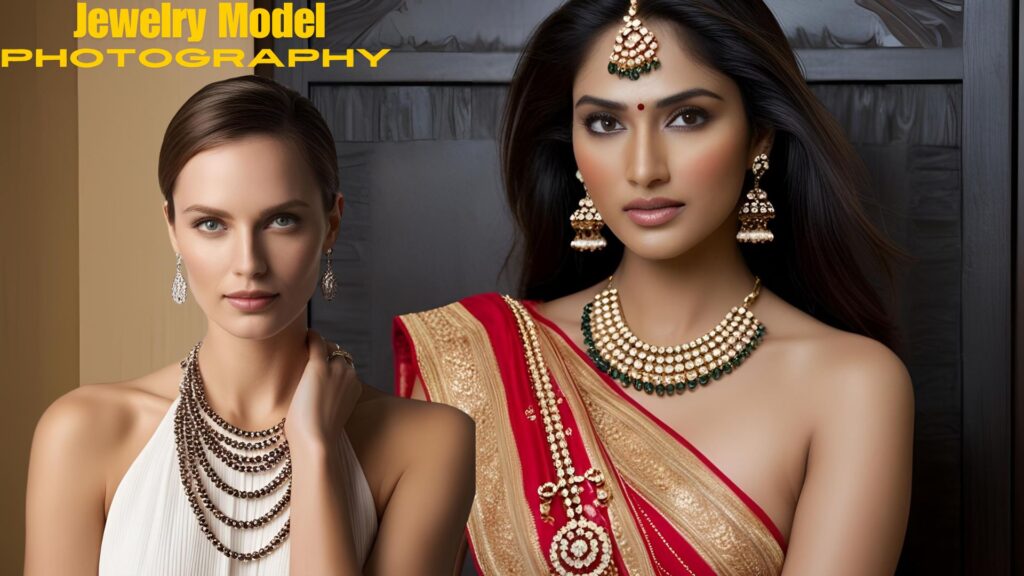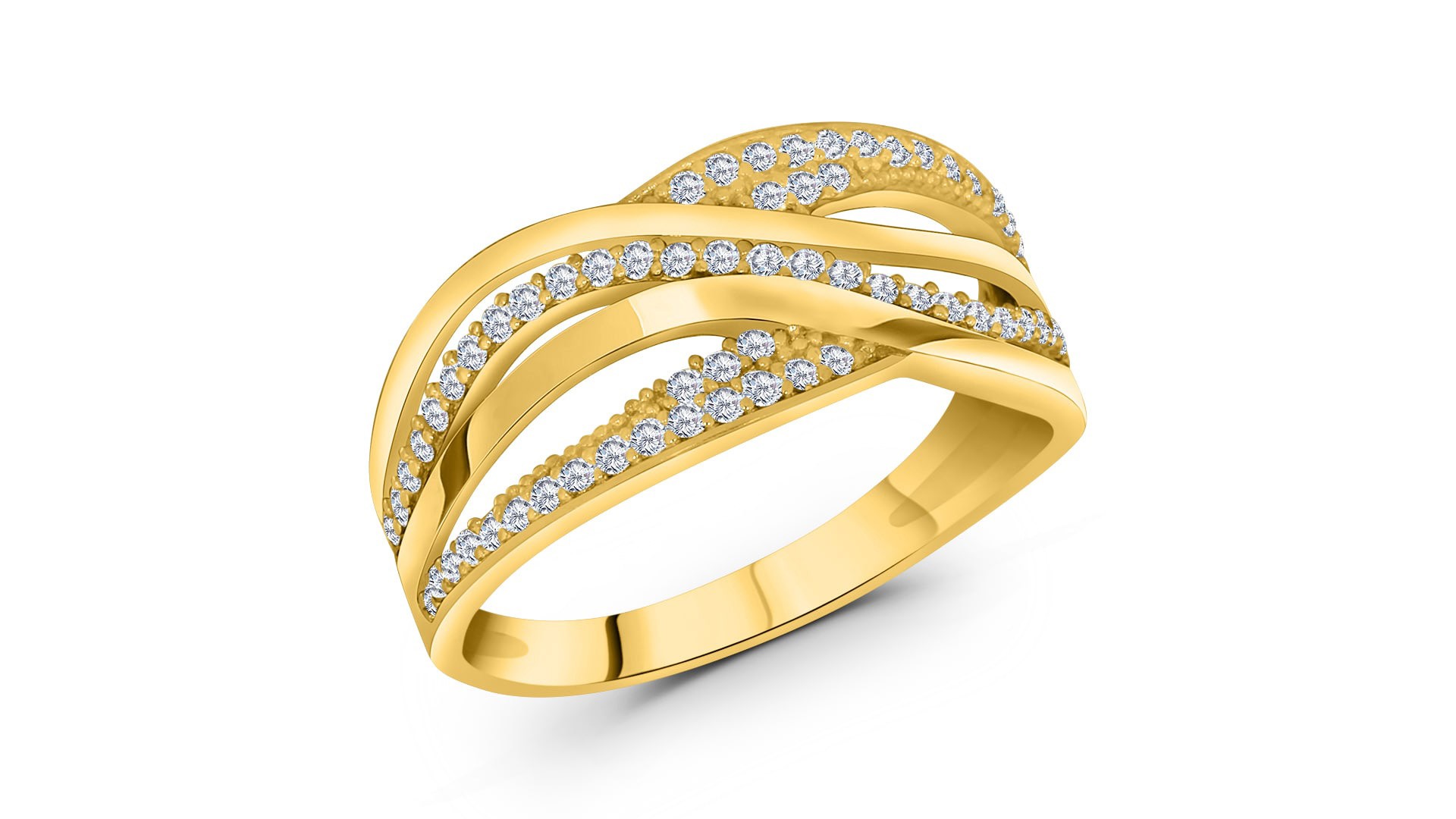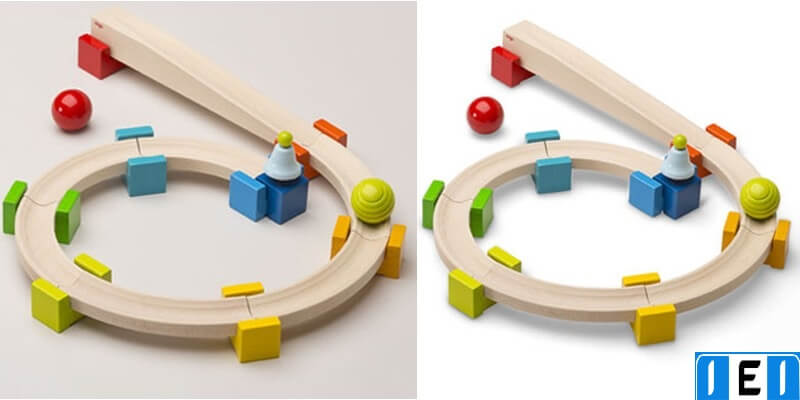Jewelry Model Photography is a science as well as an art; if you have ever found it difficult to get images that fairly represent the model and the jewelry, you are most certainly not alone. Many photographers struggle to keep the model’s posture, expression, and general aesthetic in perfect harmony while yet highlighting minute details of jewelry. When the styling seems off or the lighting lacks the proper sparkle, it can be annoying. The great news is that, with the correct technique, you can transform everyday shots into stunning, scroll-stopping images that strengthen your brand and increase consumer interaction.
We’ll go over everything from choosing the correct model and wardrobe to applying lighting that highlights gemstones and metalwork. Whether your role is brand owner, photographer, or creative director, this book will provide the tools you need to produce amazing images that not only look fantastic but also sell.
Model Styling Tips for Jewelry Photography
Effective jewelry model photography depends on styling since it allows a visual narrative that accentuates the beauty of every piece. A well-style guarantees that the jewelry is attractively and clearly displayed free from distracting elements. Whether your project calls for a print catalog, a social media campaign, an e-Commerce site, or another, careful styling will greatly affect how the jewelry is seen and sold. These basic guidelines will help you to make sure your style decisions improve your shot.Through smart styling decisions, professional shooting techniques, and basic post-production advice, this extensive guide will help you to master the art of jewelry model photography
Choose Neutral and Solid-Colored Outfits
One of the golden rules in jewelry model photography is to outfit the model in clothes that let the jewelry take front stage. Works best are neutral and solid-colored clothing—black, white, gray, beige, or soft pastels. These colors let the jewelry stand out in the frame by functioning as a blank canvas. Avoid bold prints, loud patterns, and neon colors since they fight with the jewelry for attention and might divert the observer. Choosing subdued colors and simple designs helps the observer’s eyes to be focused on the glitter of an earring, necklace, or ring.
Match the Style to the Brand
Every brand has a unique personality; thus, the styling should capture that. For instance, luxury or high-end jewelry brands gain from sophisticated styling including elegant dresses, tailored blouses, and classic hairstyles implying refinement and class. Handmade or bohemian-style jewelry, on the other hand, complements laid-back, earthy materials like linen fabrics, crochet tops, or natural textures. The last images feel more real and relevant when the style complements the voice and customer expectations of the brand, which increases their marketing and sales effectiveness.
Keep Makeup and Hair Simple
Keep Hair and Makeup Neat Simple hair and makeup should accentuate the model’s features without taking front stage for the jewelry. Think soft eyeshadow, well defined brows, glowing skin, and a subdued lip color for most jewelry shots, especially close-ups—natural makeup looks best. The concept is to present a neat and polished appearance that accentuates the face without taking center stage from the jewelry. Likewise, hair should be neat and understated. Great choices are pulled-back styles, soft waves, or buns, particularly for necklaces or earrings shot. Make sure hair doesn’t cover or compete with the highlighted bits.
Accessorize Lightly
As with accessories, less is more. Should the emphasis be on a statement necklace, the model should avoid wearing big earrings that would draw attention away from it. The same applies to rings and bracelets; unless you are presenting a coordinated jewelry set, just the highlighted pieces should be worn. Too many accessories might clutter the picture and mislead the observer on what to concentrate on. The idea is to present a neat, well chosen appearance that accentuates the value of the promoted jewelry.
Focus on Hands and Necklines
Particularly when you’re photographing rings, bracelets, or necklaces, the model’s hands and neckline are absolutely vital focal points in jewelry model photography. Make sure the hands are moisturized, well groomed, and clean. Neatly groomed nails in neutral or nude colors help to keep a sophisticated appearance without calling undue attention. Choose tops with open or minimal necklines for neckline shots to give the jewelry a clean backdrop. Furthermore improving the photo’s overall polish is smooth, blemish-free skin, so less post-production heavy editing is needed.
Using Natural vs. Studio Light in Jewelry Model Shoot
One of the most important advice on jewelry model photography is on lighting, more especially on deciding between studio and natural light. For lifestyle photos, natural light provides a gentle, pleasing illumination. Just after sunrise or before sunset, the golden hour offers warm tones that might accentuate skin tone softness and gemstone sparkle. It’s ideal for outdoor scenes or fostering a laid-back, real feel.
Conversely, studio lighting gives more control, which is why commercial and e-commerce jewelry shoots choose it. Using diffused softboxes or ring lights will help to reduce strong shadows and improve the reflecting quality of gemstones and metalwork. While reflectors can help to minimize shadows and highlight minute details, several light sources can help to create depth.Depending on your shooting objectives, a mix of both kinds of lighting can be rather successful. For lifestyle materials, for example, you might use natural light; for catalog images, you would use studio light. At Image_Expert_India, we guarantee product accuracy by means of controlled studio setups and post-editing improvements for last polish.
Props and Backgrounds That Enhance Jewelry Photography
Another great jewelry model photography technique to improve the visual appeal of your images is the use of backgrounds and props. While a complementary background will help your jewelry stand out, the appropriate prop can accentuate the theme or story underlying it.
For simple or luxury jewelry, choose monochrome or neutral-toned backgrounds. White, black, or beige work especially well in emphasizing the piece. Textured backgrounds, such velvet or marble, can also provide the composition complexity and refinement.Propels should complement rather than divert the primary focus. Think about silk cloth, floral accents, antique boxes, or even hands softly clutching the jewelry. These objects can give your photos emotional and narrative worth.
For best visual recognition across platforms, Image_Expert_India advises using a consistent background and prop style that complements your brand identity.
The Role of Skin Tone and Jewelry Contrast in Model Photography
The look of jewelry in model photography depends much on skin tone. Knowing the difference in skin tone from the metal or gemstone will enable you to choose styling that accentuates visual harmony.While cool skin tones (pink or blue undertones) accentuate silver, white gold, or platinum, warm skin tones—yellow or golden undertones—pair nicely with gold jewelry. Both gold and silver can be rather successful for a neutral skin tone.
One might also call attention to the jewelry using contrast. For instance, a strong visual focus is created when one pairs dark gemstones or darker skin with brilliant metals like silver or diamonds.Furthermore crucial is making sure the model’s skin tone is not washed out by the lighting since this influences the jewelry’s appearance in the final picture. Although editing tools can help to adjust skin tones, the best approach is to start with a good match.
Mistakes to Avoid in Jewelry Model Photography
When shooting jewelry on models, even seasoned photographers can fall into typical mistakes. Bad lighting is one of the most common errors since it might dull the glitter of the jewelry or produce strong shadows on the face of the model. Another frequent problem is stuffing the frame with accessories or props meant to rival the jewelry.
Incorrect model poses can also cause awkward views where the jewelry isn’t very clear. Make sure the model’s posture highlights the product while yet keeping natural, pleasing angles. Not getting the jewelry ready ahead of time is another major mistake; tarnished or smudged pieces might ruin an otherwise flawless view.
Finally, undervaluation of post-production editing’s significance can produce unpolished output. The final image will be much different depending on color correction, blemish removal, and contrast change.
Camera Settings and Lenses Ideal for Jewelry Photography
Capturing finely detailed, high-resolution of jewelry model photo requires careful selection of lenses and camera settings. Highly advised is a DSLR or mirrorless camera with a macro lens ranging in 90mm to 105mm. Macro lenses let you photograph metal texture and close-up features including gemstone facets.
Aim in aperture priority mode with an f/stop between f/5.6 and f/11 for a sharp focus and balanced depth of view; use a low ISO (100–200) to avoid grainy images. The lighting condition should determine the shutter speed; if you go down below 1/100s, use a tripod.When trying to capture minute details, manual focus gives more control. Shoot in RAW form as well to maintain image quality for post-processing.
Retouching Tips for Polished Jewelry Model Images
Your images can really shine in post-production. Retouching improves highlights, helps to eliminate small imperfections, and accentuates the brilliance of every piece. First, tidy skin imperfections, dust, or reflections on the jewelry.For color corrections and contrast changes, use Adobe Photoshop or Lightroom. Without over-editing, improve the shine in metals and gemstones; realism is the key.
Focus especially on shadows to make sure they support the composition and seem natural.For batch editing, think about presets or outsourcing to experts in jewelry photo retouching, Image_Expert_India. Regular, polished photos help to build confidence and raise your conversion rates.
Frequently Asked Questions (FAQ)
Q1: For jewelry model photography, which light is best?
While studio light is best for controlled, high-detail commercial images, natural light is great for soft, lifestyle images. Depending on your objectives, both can be effective in concert.
Q2: What props should I use for jewelry shots?
Select props consistent with your brand style. Keep them simple and pertinent—such as floral accents, velvet boxes, or silk cloth—to steer clear of distracting the jewelry.
Q3: Could I model jewelry using a smartphone?
Indeed, but use correct lighting and a high-resolution camera. While professional shots are best done with DSLR or mirrorless cameras, mobile photography can perform nicely on social media.
Q4: For jewelry photos, which editing program is best?
Industry standards for retouching, providing exact control over colors, contrast, and blemsish, Adobe Photoshop and Lightroom offer
Q5: In model photography, how can I guarantee the jewelry takes front stage?
Call attention to the jewelry with simple backgrounds, neutral styling, and deliberate lighting. Using composition guidelines, steer the eye of the observer away from clutter.
Conclusion
Learning jewelry model photography calls for time, meticulous attention to detail, a strategic approach to lighting, styling, and editing. Following the jewelry model photography advice in this book will help you create professional-grade images that captivate and convert—from selecting between natural and studio light to retouching like a pro.
Our specialty at Image_Expert_India is post-production services and jewelry retouching service that will elevate your images. See how we might improve the visual character of your brand by contacting us or looking over our offerings.Now ready to improve your jewelry photography? Start using these professional suggestions right now to see how well your company’s product images reflect.
Experience Perfection: Claim Your Free Trial Today!
Get a firsthand look at our exceptional services with a no-obligation free trial—start transforming your visuals today!














